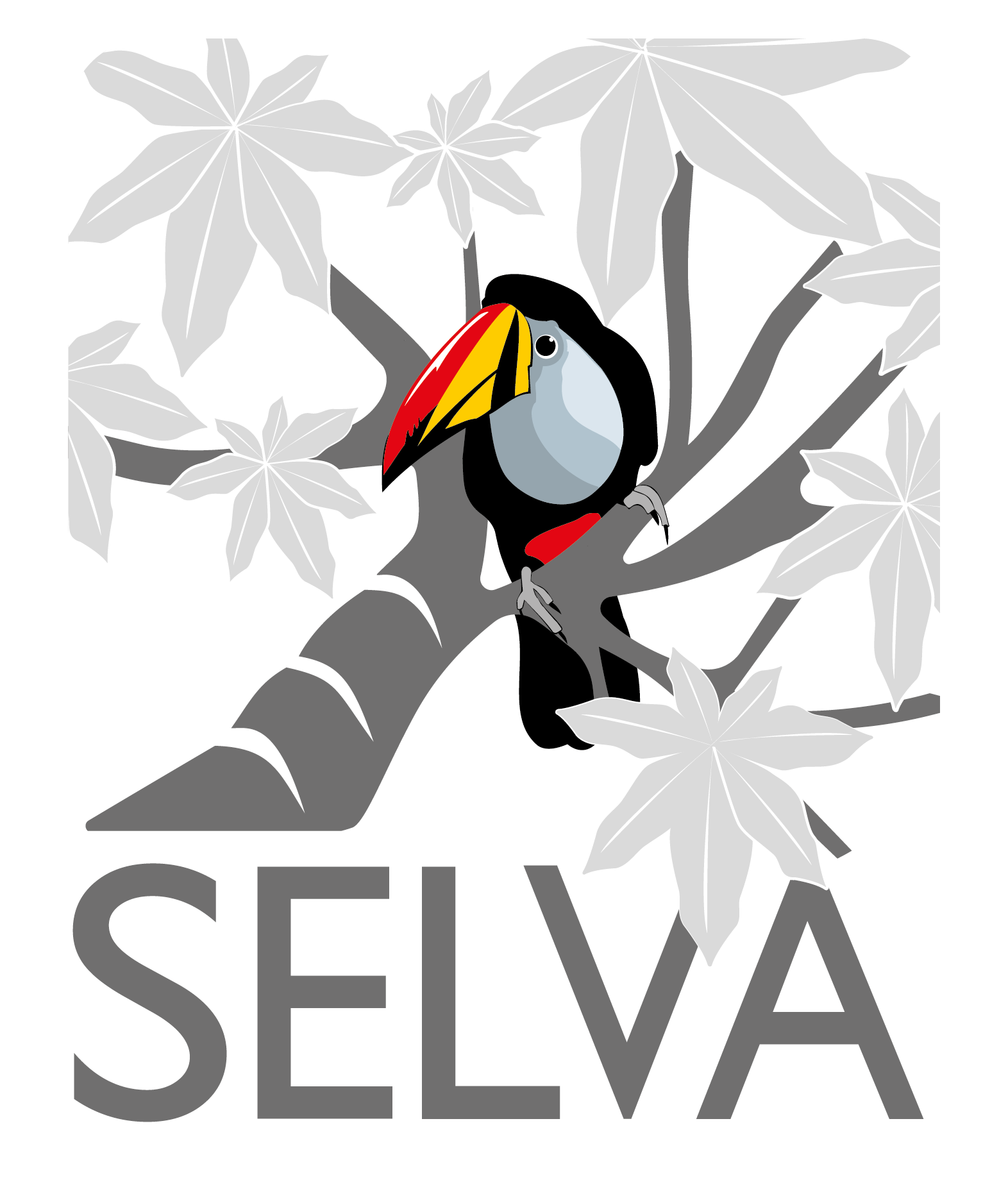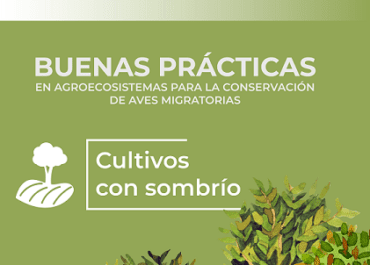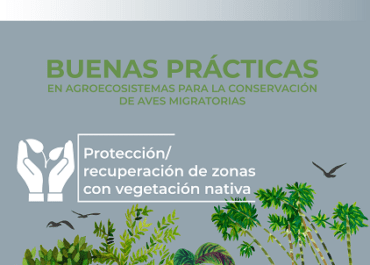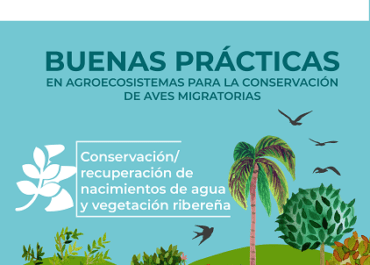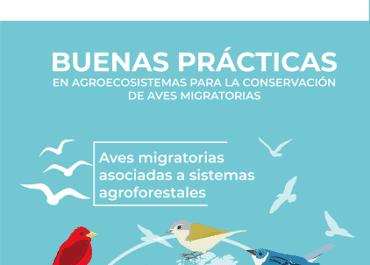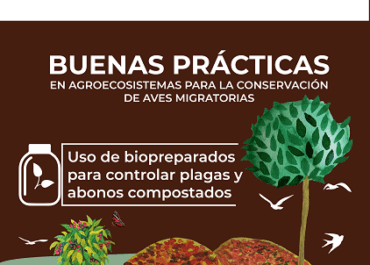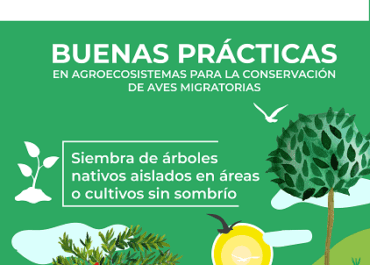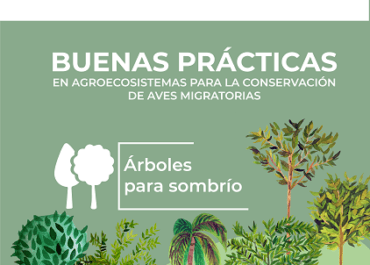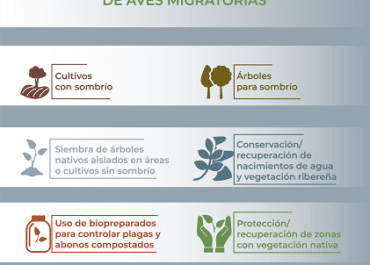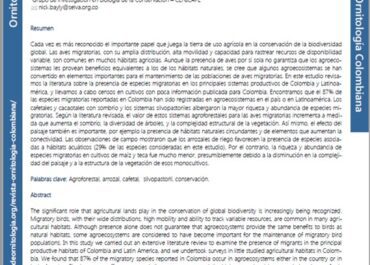Best Practices in Agroecosystems
Home | Sustainable landscapes
Share
Understand to act, act to change
Best practices in agroecosystems for the conservation of migratory birds
Best practices are actions that can be implemented in farms and productive landscapes to benefit agro-productivity as well as pollinators, biodiversity, water quality, soil fertility, and increase resilience to climate change. We present seven best practices that will improve the quality and sustainability of agroforestry crops such as coffee, generating favourable conditions for biodiversity in general, and migratory birds in particular. This series was designed based on ecological and climatic conditions of coffee growing regions in the Andes of Colombia, and we hope it can inspire coffee producers to contribute to bird conservation whilst improving the long term sustainability of their crops.
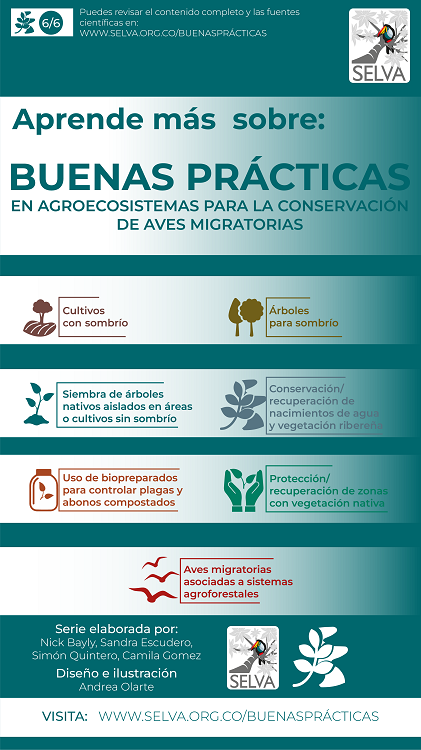
Best Practices
These materials are for free use and distribution. They are protected by a Creative Commons Licence with which they can be freely distributed for non-commercial ends, without modification and with author attribution. The complete series is identified with ISBN 978-958-58519-6-2.
Understand to act, act to change
Support our sustainable landscapes program so that we can reach more regions and people, and improve the environment for everyone by implementing best practices in productive landscapes.
